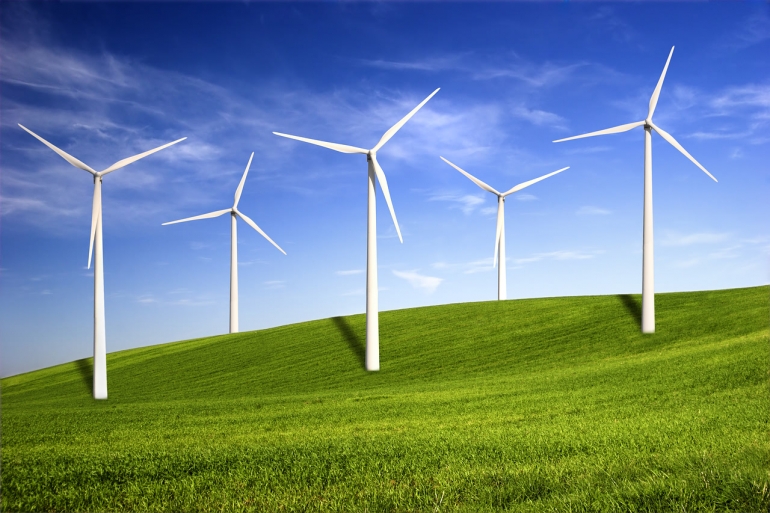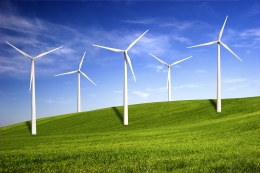When it comes to renewable energy, the world seems rife with hypocrisy.Countless climate conferences might have made it seem like there is globalconsensus on the importance of renewables. Yet governments remain so drunk withfossil fuels that tangible transition to renewables seems like a distant dream.In Canada, Prime Minister Trudeau let the province Alberta approve $4 billionworth of new oil sands projects1. Hydraulic fracking, which is thetechnique of pumping high-pressure fluid to crack open rocks containing gas andoil, has also found warm reception in the US as the Obama Administration allowsmultiple drillings. Meanwhile in the developing world, one coal-fired powerstation is constructed every week in China2.
It is understandable that ditching fossil fuels for renewables issomething too drastic to do now. After all, the world economy needs energy tokeep running and growing. Our system of production and consumption is stilloriented towards fossil fuel and there is no way we can change that overnight,especially without disrupting the economy. The environment must take thebackseat, as always. Fortunately though, the backseat does not mean stopping.In fact, the march for renewable energy continues impressively, albeit in aless concerted manner. Manyrenewable energy projects, like the deal recently made by Indonesia and Denmarkto build a 60 megawatt wind farm in Sulawesi, are being initiated all aroundthe world. Many renewable energy projects are being initiated all around theworld, from small-scale solar panels on the rooftops of Mali to vast wind farmsin Sulawesi. What are the factors behind this progress? Aside from strong politicalpush, there are many economic forces at play here.
The cost of renewable energy, particularly solar and wind, has been freefalling. According to the International Renewable Energy Agency, prices ofsolar panels have plummeted by 75%
since 2009. For onshore wind turbines, the average global cost fell by2.4% in just six months in 20153. What first drove these fall wereintensive research and development that
continuously seek to make these technologies more efficient and cheaperto install. Right now, disruptive start-ups like SolarCity and United Wind arecompeting to provide the cheapest way of harnessing renewable energy.
Economies of scale also contribute in making renewables cheaper. Asresearch and development drive down price, demand for renewable technologyshoots up, leading to more panels and turbines being set up. Then with more andlarger renewables farms, economies of scale kick in and costs fall evenfurther. Falling cost then leads to even more renewables technology put inplace, which becomes a self-perpetuating cycle of falling prices until thetechnology stagnates and economies of scale end. It doesn’t seem like that’sgoing to happen anytime soon, though. Most renewable energy farms are stillsmall enough to be expanded further, and there remains much room for renewablestechnology, especially storage technology, to improve.
Government policies that subsidize renewables play an instrumental role.In the Philippines, solar projects are queuing for approval thanks to itsgenerous feed-in tariff (FIT) program. FIT is a common form of incentive forrenewables which guarantee long-term contracts, fixed pricing and prioritizedaccess to the power grid. Countries from Algeria to Switzerland implement someform of FIT. It protects renewable energy producers from risks of instabilityand high costs. It also stimulates investment by making it actually profitableto invest in renewables. In the UK, the program even pays entities who produceand use their own renewable energy.4







